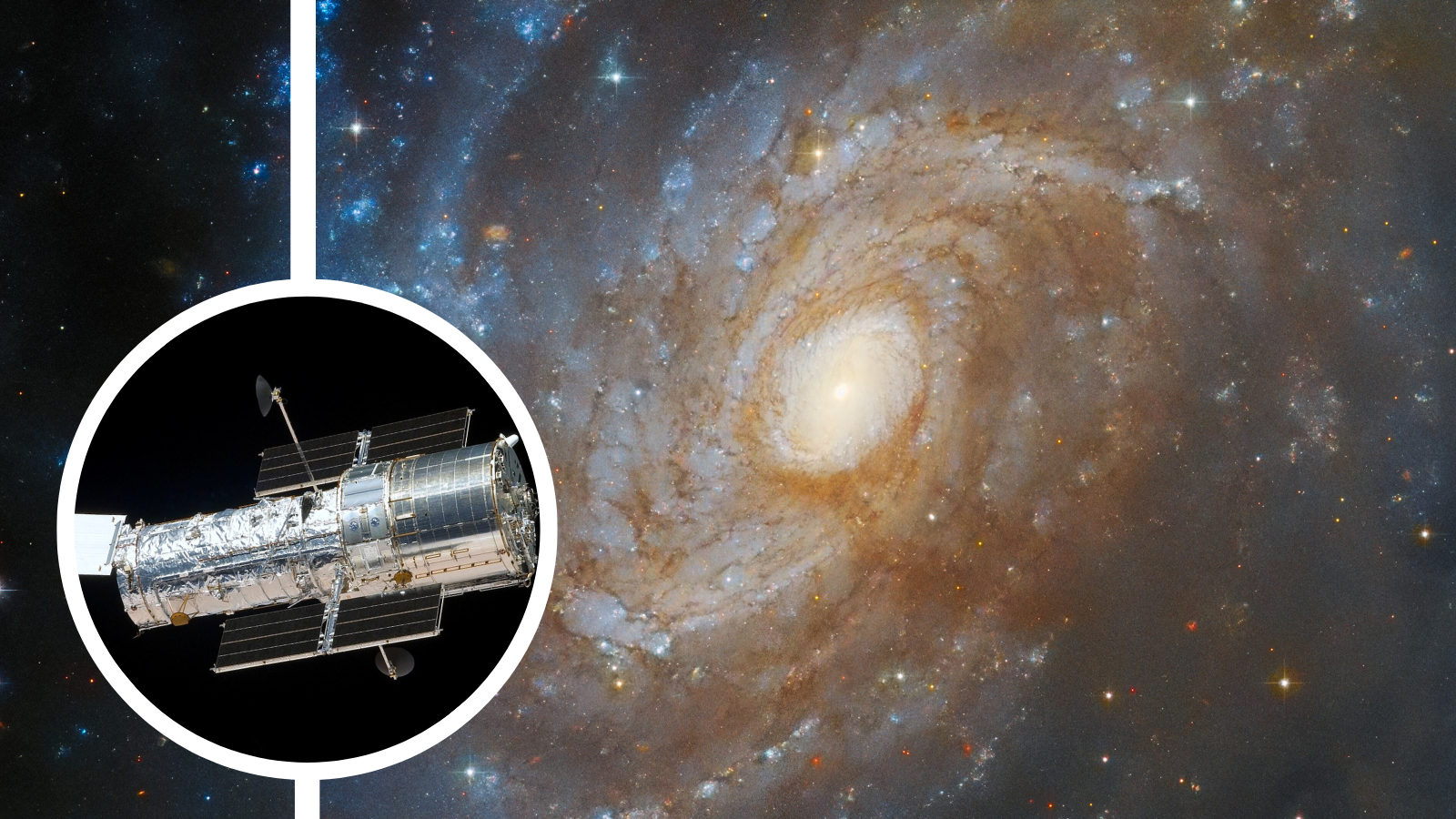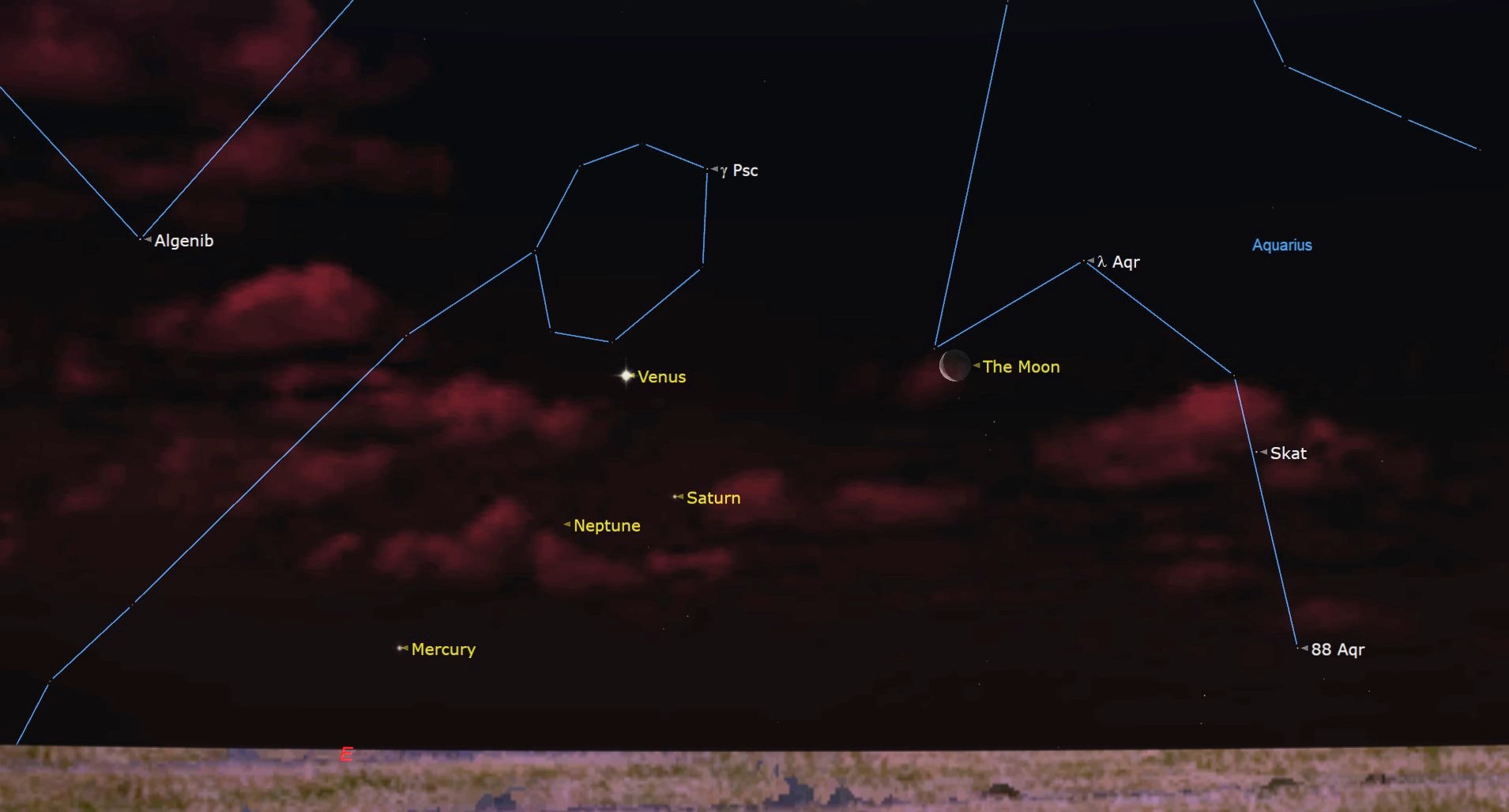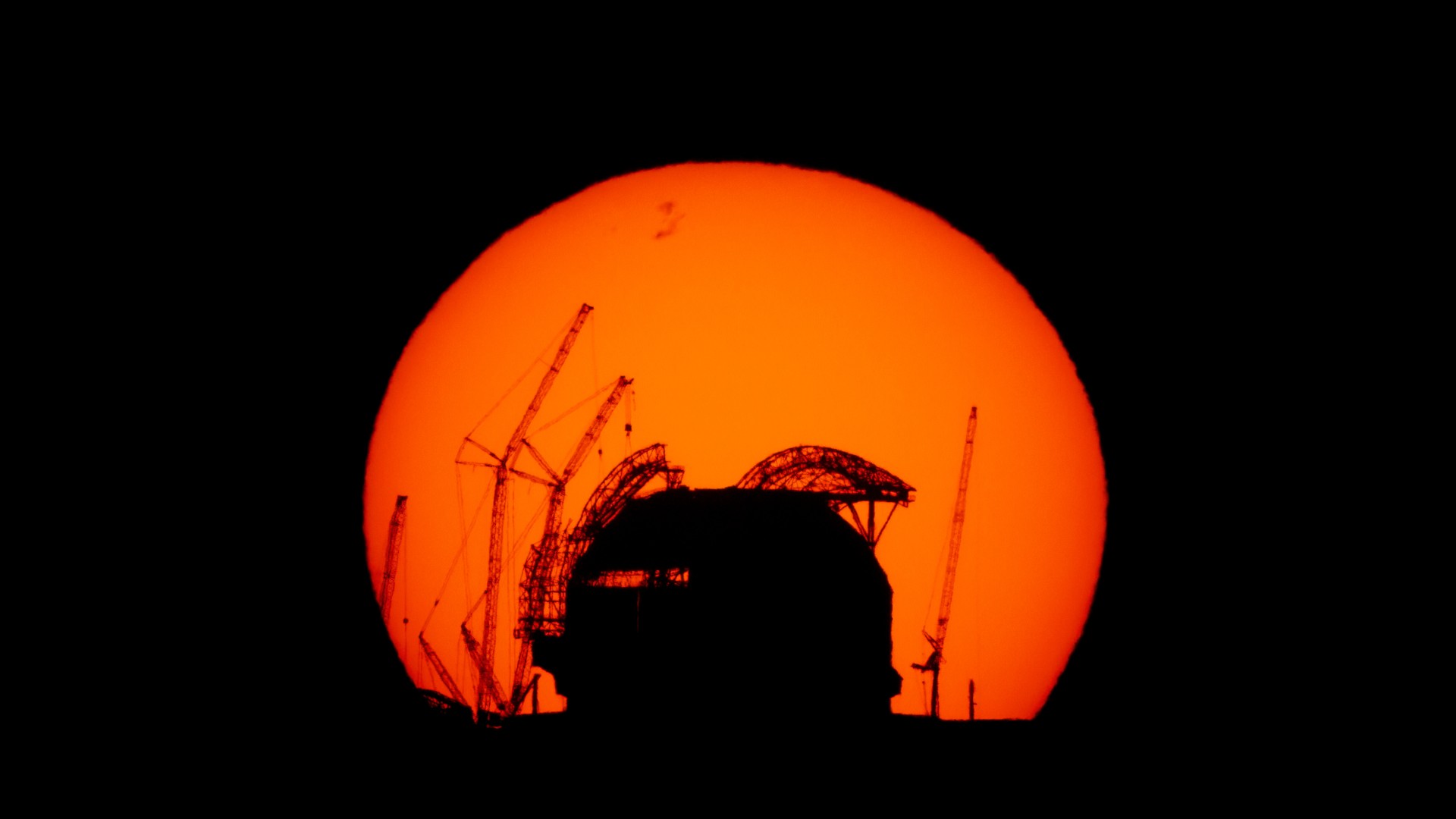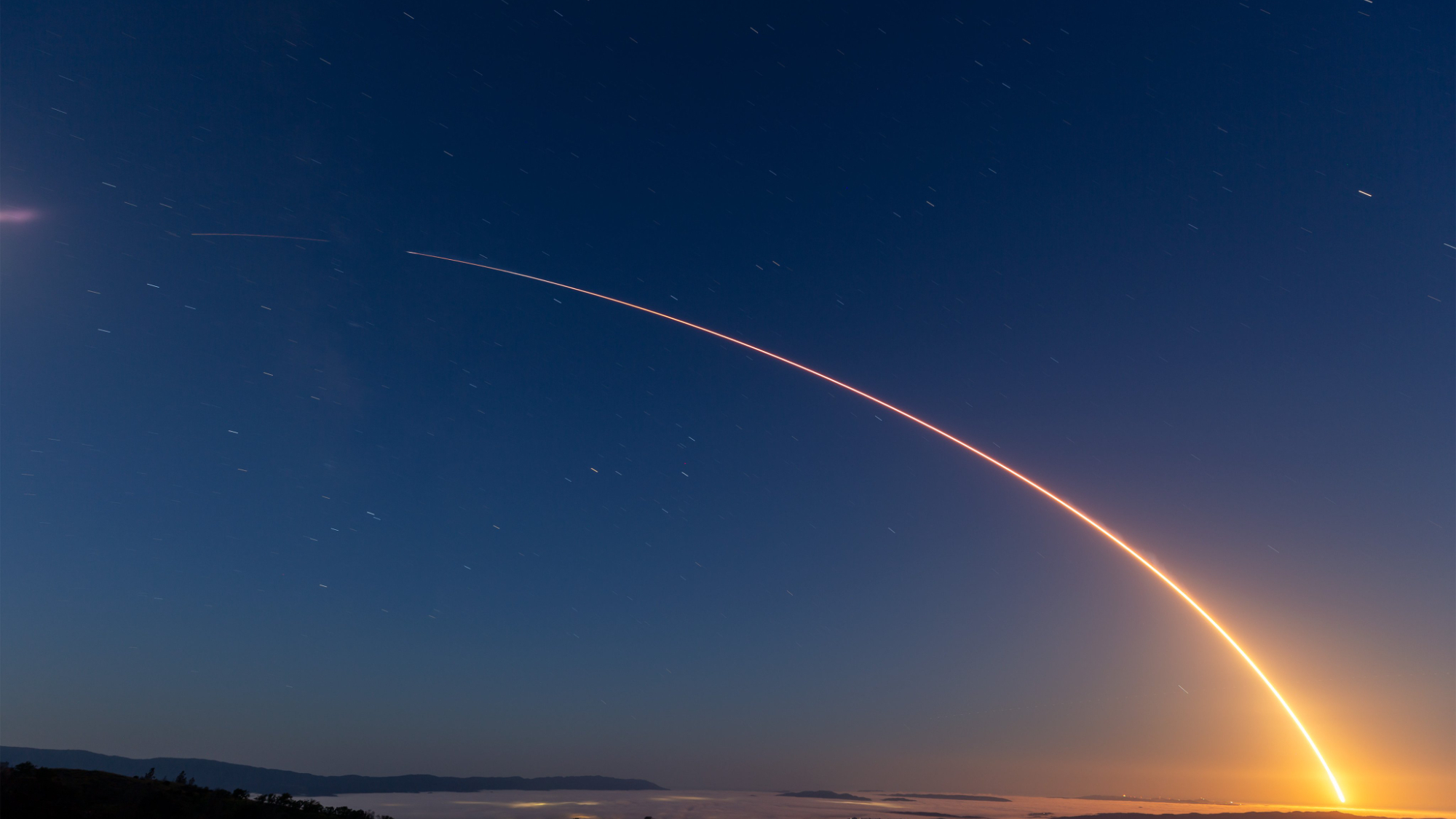Scientists are using stellar 'quakes' to peer inside stars
"Stellar quakes happen in most stars that have a bubbling outer layer, like a pot of boiling water."
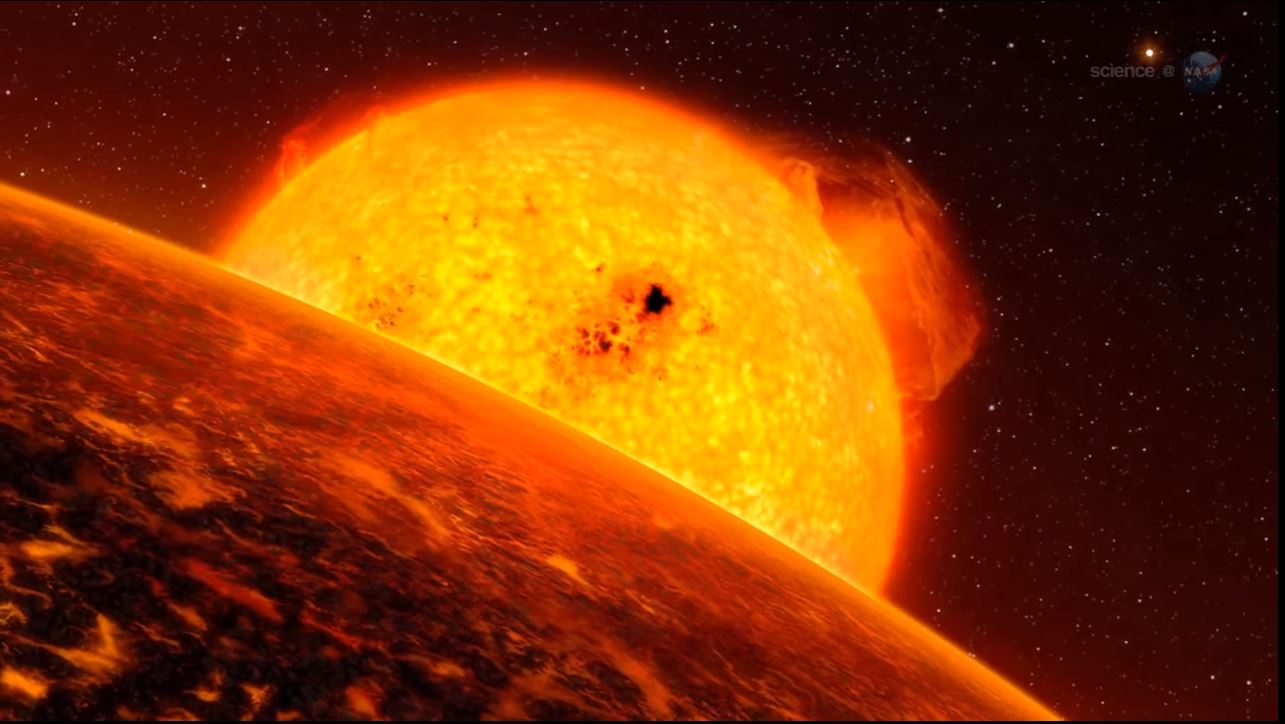
Stars don't just shine — they hum with hidden vibrations.
Like earthquakes, ripples of gas on a star's surface — referred to as stellar quakes — offer clues about what lies beneath. And now, scientists have found a new way to probe these tremors in stars' convective envelopes, the turbulent outer layers of a stellar body where hot gas rises, cools and sinks in a churning cycle of energy transfer.
"Stellar quakes happen in most stars that have a bubbling outer layer, like a pot of boiling water," Claudia Reyes, who was a Ph.D. student at the University of New South Wales when the research was conducted, told Space.com. "These bubbles of hot gas rise and burst at the surface, sending ripples through the entire star that cause it to vibrate in particular ways: these are [known as] acoustic oscillations that we can detect by looking for subtle variations in their brightness."
Just as seismic waves help scientists study Earth's interior, these stellar quakes offer a way to infer a star’s internal structure.
"Each [star] has its own resonant frequencies, predetermined by its internal structure and physical properties," said Reyes, who is now a postdoctoral fellow at the Australian National University. "Larger stars produce deeper, slower vibrations, while smaller stars vibrate at higher pitches."
One key to decoding these vibrations is what's known as "small frequency spacing." By analyzing this feature, scientists can estimate how much hydrogen fuel a less evolved star, like the sun, possesses, as it is the fusion of hydrogen atoms into helium under the intense gravity found in a star's core that drives a star’s life cycle.
"Our study focuses on using this frequency signature to learn about giant stars, [those further along in their life cycle] than the sun," said Reyes.
Get the Space.com Newsletter
Breaking space news, the latest updates on rocket launches, skywatching events and more!
Stars evolve over billions of years — our own sun is roughly 4.6 billion years old and is about halfway through its life cycle — and so studying how they change over time is a challenge. "We can't follow a star to see how it will 'grow old,'" said Reyes.
What scientists can do, however, is study star clusters, which are groups of stars that formed together and share the same age and composition. "Because more massive stars evolve faster than less massive stars, by looking at a group of cluster stars, we can look at a broad evolutionary sequence in front of our eyes," explained Reyes.
Reyes and her team measured stellar quakes in 27 stars from the open cluster Messier 67 (M67), a loosely bound group of over 500 stars. One of the oldest known open clusters, M67 has an age similar to the sun's and contains about 100 sun-like stars, along with many red giants and white dwarfs.
"M67 [was of interest because it] has a chemical composition very similar to our own Sun, and it has many stars in the giant phase. This is because our models are generally very well calibrated to the sun, it is the chemical makeup that we understand the best,” said Reyes. "With this study we were able to probe the fundamental physics that happens deep into the interiors of these stars, under these extreme conditions. It is important for us to build evolution models that we can trust, so that we can predict what happens not only to the sun, but also to other stars as they grow older."
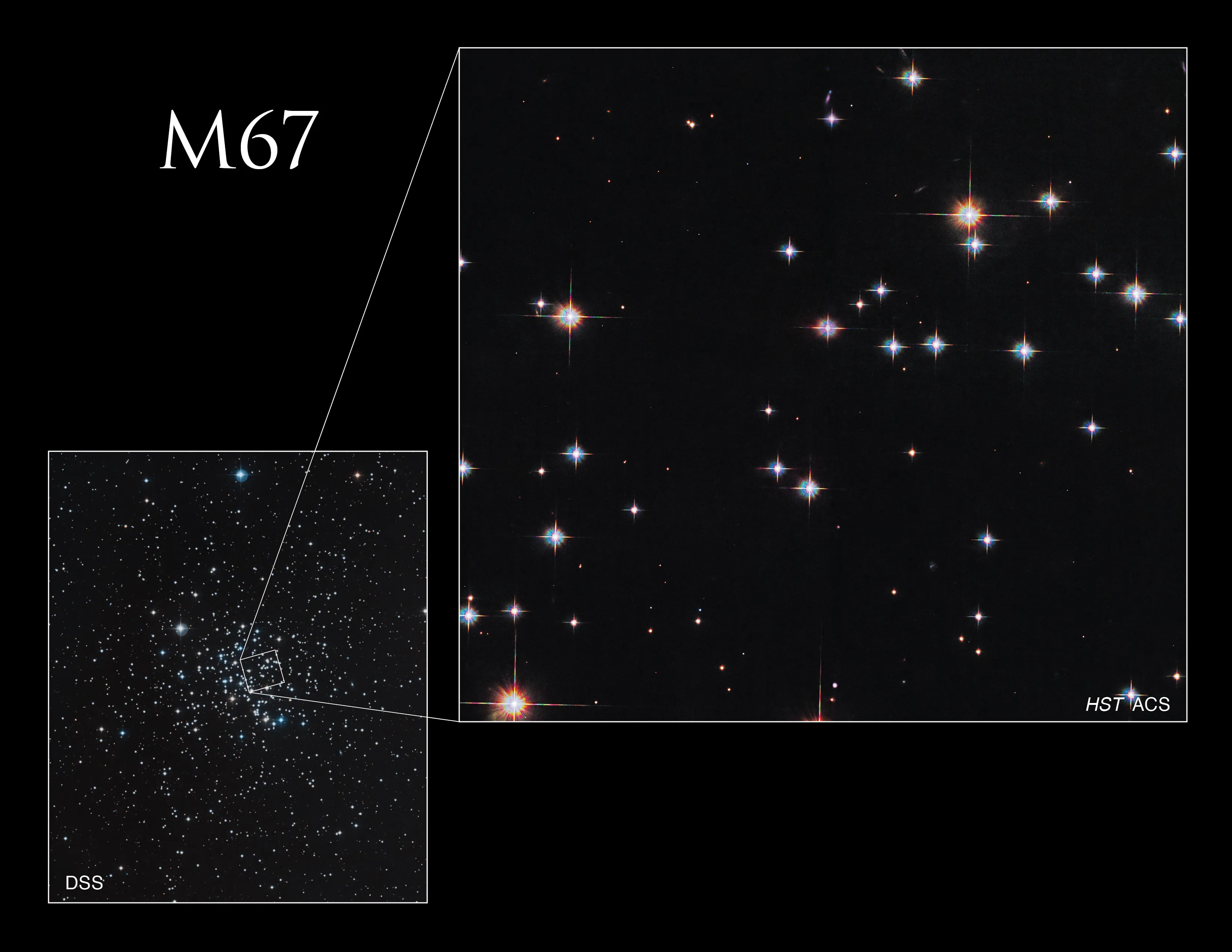
The team analyzed tiny variations in the stars' light intensities, giving rise to frequency spectrums showcasing the oscillations.
“We found that overall, larger stars (more evolved) produce slower vibrations, while smaller stars (less evolved) vibrate at higher pitches, as was expected," said Reyes.. "However, there was a point going from less to more evolved, there was a point when the vibrations stopped changing, and kept repeating the same note."
This was an unexpected finding of the frequency signatures of the stars the team studied. "We found that this 'stalling frequency' is distinctively determined by the star’s mass and chemical composition," said Reyes. "Therefore, we have found a new diagnostic tool to estimate their masses and ages with improved precision."
The team discovered that the observed stalling frequency correlates with the lower boundary of the stars' convective envelope.
"This occurs at a specific stage in a red giant's life," said Reyes. "When its convective envelope deepens to span about 80% of the star’s mass and its bottom boundary reaches a sensitive part in the star’s interior. At this bottom boundary, the speed of sound shifts sharply, affecting how sound waves travel."
Comparing these results with stellar models that predict observed stalling frequencies will help astronomers better estimate the masses and ages of stars in our galaxy and beyond.
"Stars are like fossil records that carry information about the environments in which they formed," added Reyes. "By studying them astronomers can piece together the story of our galaxy. Better age estimates across the galaxy help us reconstruct this history in greater detail."
Join our Space Forums to keep talking space on the latest missions, night sky and more! And if you have a news tip, correction or comment, let us know at: community@space.com.

A chemist turned science writer, Victoria Corless completed her Ph.D. in organic synthesis at the University of Toronto and, ever the cliché, realized lab work was not something she wanted to do for the rest of her days. After dabbling in science writing and a brief stint as a medical writer, Victoria joined Wiley’s Advanced Science News where she works as an editor and writer. On the side, she freelances for various outlets, including Research2Reality and Chemistry World.
You must confirm your public display name before commenting
Please logout and then login again, you will then be prompted to enter your display name.
